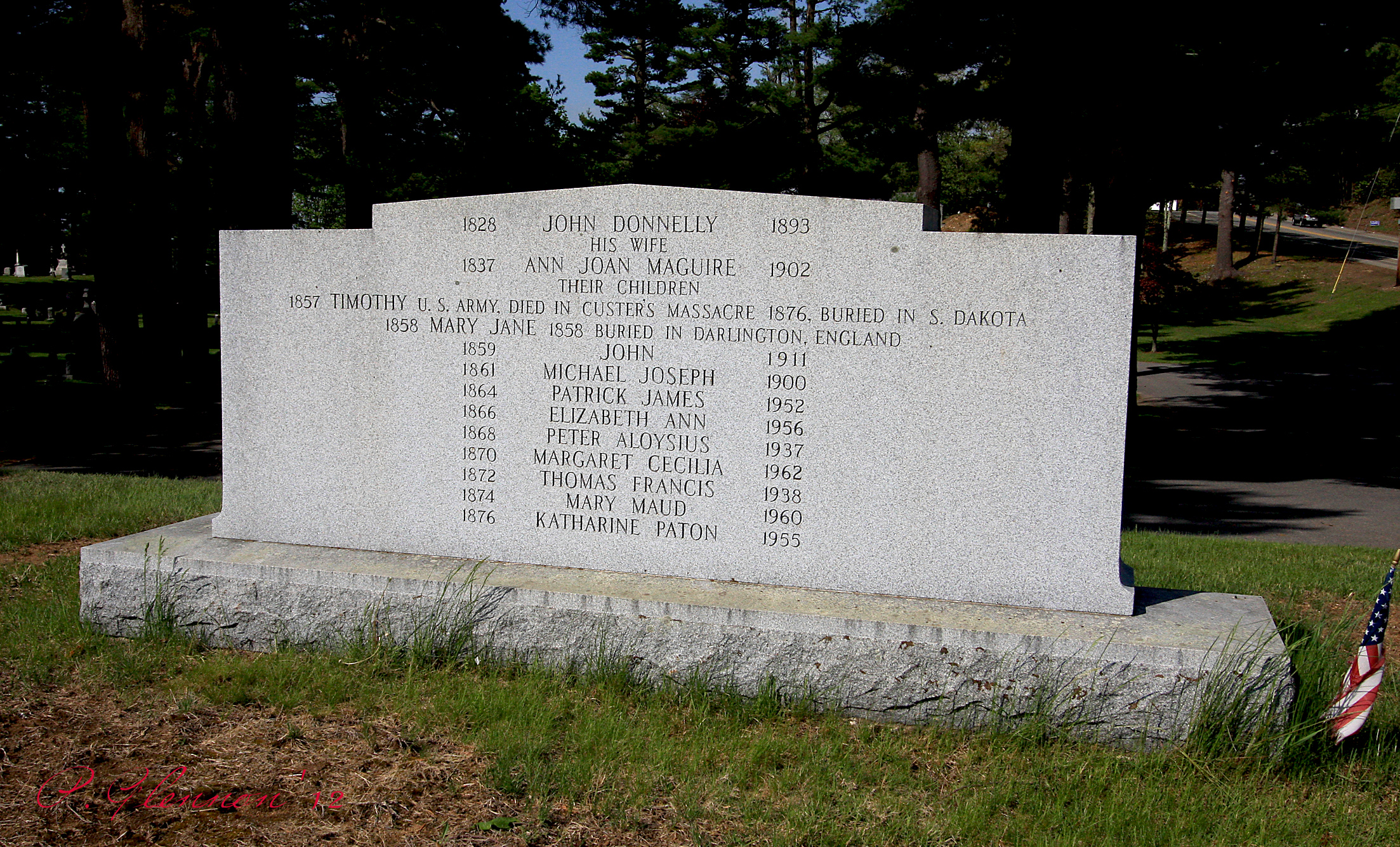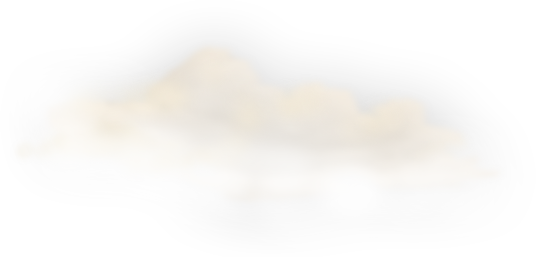15
Donnelly, Timothy
Place of Birth: Dallington or Dullington
Date of enlistment: 21 September 1875
Age given at enlistment: 21 5/12
Rank: Private
Company: F
Location on 25 June 1876: Custer's column
15
Place of Birth: Dallington or Dullington
Date of enlistment: 21 September 1875
Age given at enlistment: 21 5/12
Rank: Private
Company: F
Location on 25 June 1876: Custer's column

Darlington Town Centre.

Detail from the U.S. Army, Register of Enlistments incorrectly showing Timothy Donnelly's place of birth as 'Dallington' or 'Dullington' and his age as '21 5/12'.

In 1857, 34 Tubwell Row, Darlington, was a timber structure. It was pulled down in 1880 and replaced by the brick building (the cream-painted corner property) which stands today. Information and photograph courtesy of Patrick Townsend.

St. Augustine's Roman Catholic Church, Coniscliffe Road, Darlington. Opened 1827, extended 1865.
![Donnelly Immigration [2]](https://www.menwithcuster.com/wp-content/uploads/2015/01/Donnelly-Immigration-2.jpg)
Detail from the manifest of the sailing ship 'Tripoli' - 30 August 1869.
![Timothy Donnelly [3]](https://www.menwithcuster.com/wp-content/uploads/2013/06/Timothy-Donnelly-3.jpg)
Private Timothy Donnelly, Company F (on left) and Private George Walker (real name George P. Weldon) Company E. An O.S. Goff photograph.

A wayside marker at Deep Ravine, Little Bighorn Battlefield National Monument. A Graham Berry photograph.

Detail from the Donnelly family headstone in the Catholic Cemetery, Spencer, Worcester County, Massachusetts. Note: The inscription reads 'BURIED IN S. DAKOTA', when, of course, it should say 'Montana'. Photograph courtesy of Patricia Glennon Wiener.

Donnelly family headstone, Catholic Cemetery, Spencer, Worcester County, Massachusetts. Photograph courtesy of Patricia Glennon-Wiener.

The reverse side of the Donnelly family headstone. Photograph courtesy of Patricia Glennon Wiener.

Patricia Glennon-Wiener, Worcester County, Massachusetts, holding a photograph of privates Timothy Donnelly, Company F (left), and George Walker (real name Weldon), Company E, 7th U.S. Cavalry. Both were killed at Little Bighorn (see Note 2). Photograph courtesy 'Telegram & Gazette' Staff/Allan Jung.

The .45/70 cartridge that for a period of several years was left at the headstone of the Donnelly Family's gravesite. Courtesy Patricia Glennon-Wiener.


















Comments:
Clearly his place of birth and age on enlistment are incorrect. See full biography below.